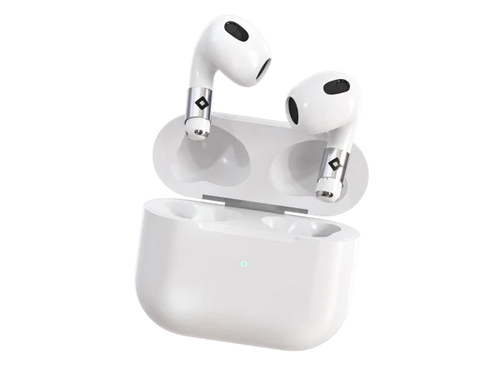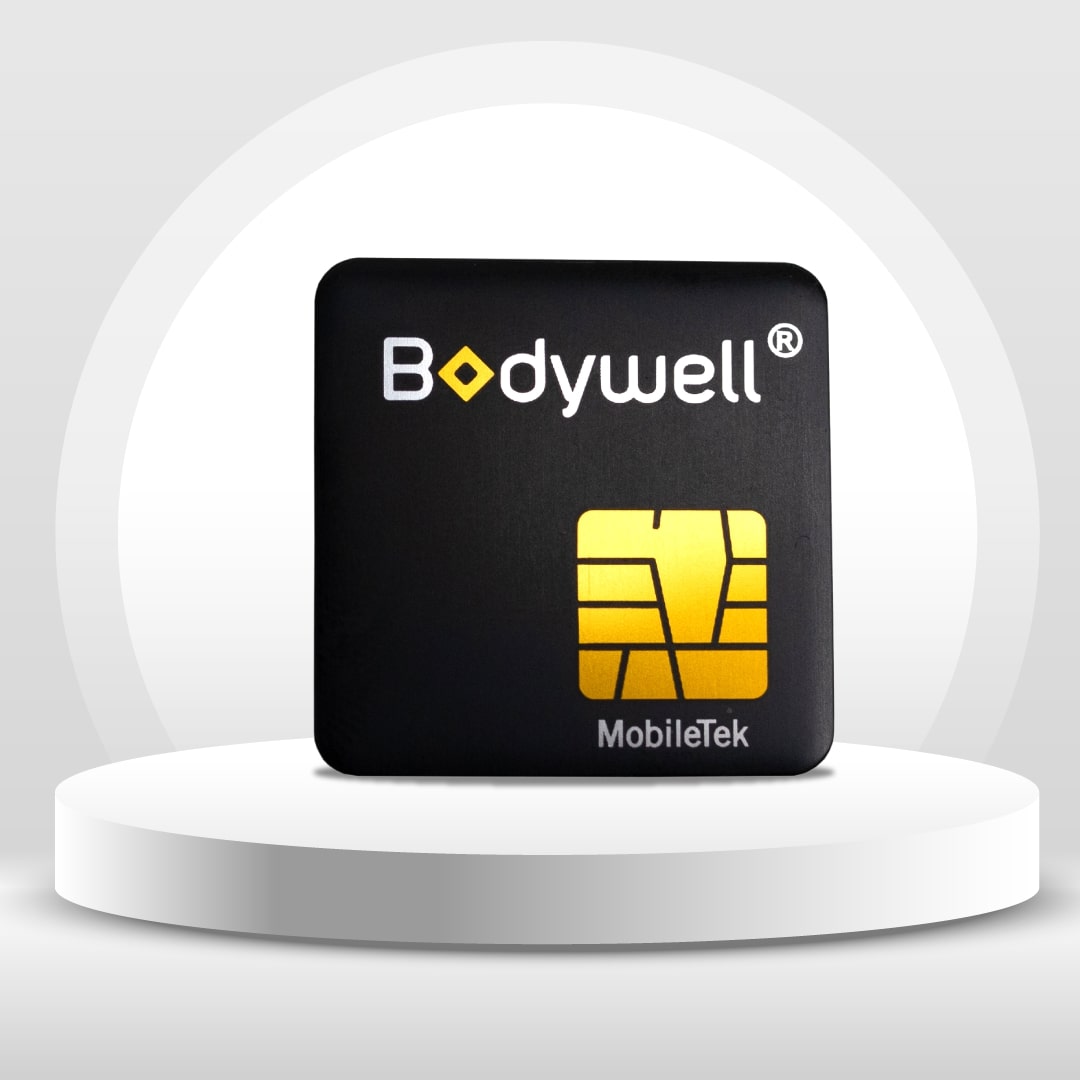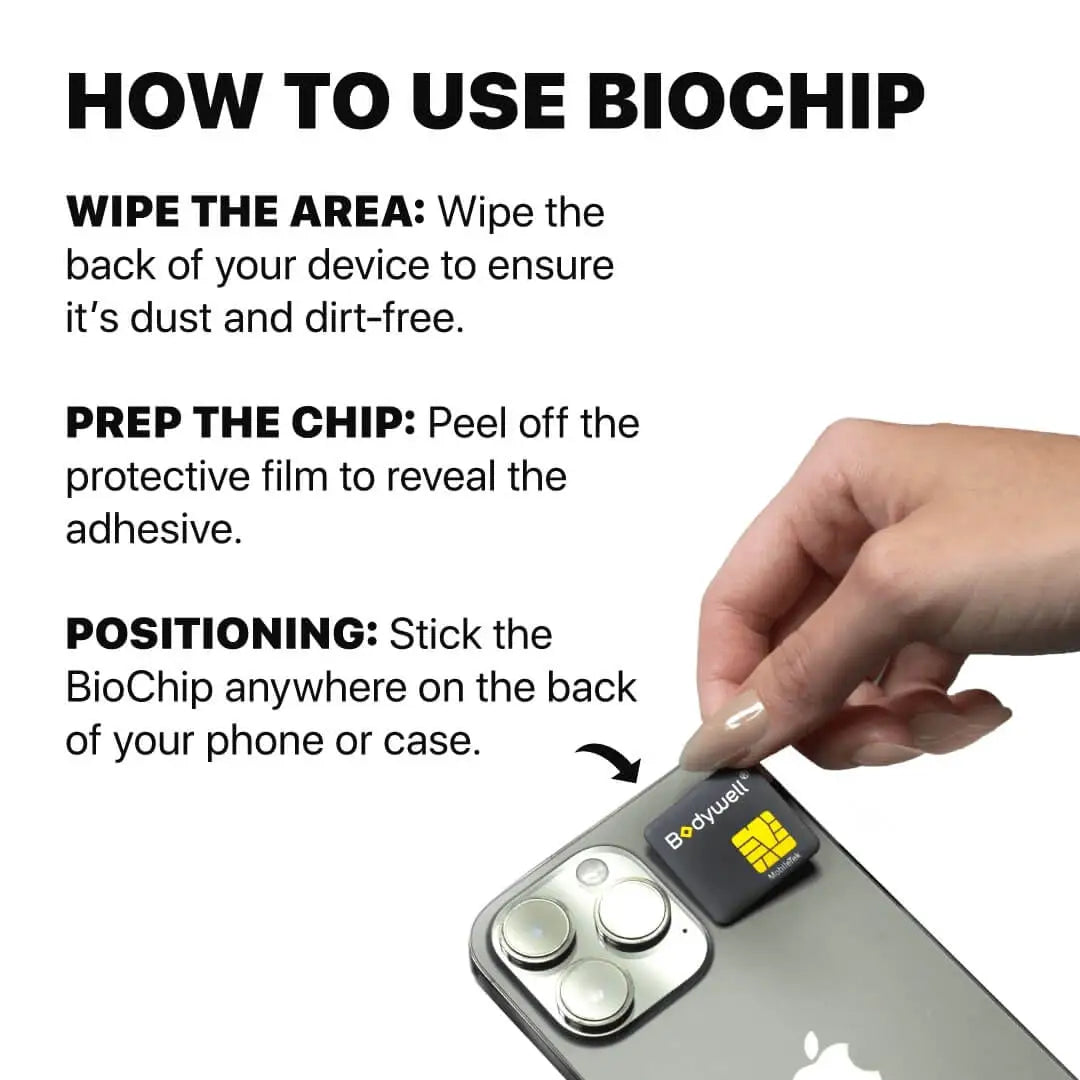The direct effects of EMF radiation emitted from mobile phones on pregnancy, birth, and infant outcomes are a growing concern for expecting mothers. Mobile radiation and its potential impact on newborn babies and their development have been the focus of numerous studies. Understanding these effects and taking measures to reduce exposure is crucial for safeguarding maternal and infant health.
Impacts of Smartphone Radiation on Pregnancy, Study Says
Several studies suggest that exposure to EMF radiation from mobile phones during pregnancy could have adverse effects on fetal development and birth outcomes. A significant study published in the Journal of Epidemiology (Divan et al., 2008) found that children exposed to mobile phone radiation in utero were more likely to exhibit behavioral problems by age seven. The study involved over 13,000 children and highlighted a potential risk, necessitating further research and precautionary measures.
Research on EMF Exposure and Pregnancy
Research on EMF exposure and pregnancy has yielded mixed results, with some studies indicating potential risks while others find minimal impact. A review in the Environmental Research journal (Aldad et al., 2012) examined 113 studies and concluded that high levels of EMF exposure could interfere with cellular processes, potentially leading to developmental issues. Another study by the Yale School of Medicine demonstrated that prenatal exposure to mobile phone radiation affected the brain development of mice, resulting in hyperactivity and memory problems in offspring (Aldad et al., 2012).
Mobile Phones and Pregnancy
Mobile phones and pregnancy often go hand in hand in modern society, making it essential for expecting mothers to be aware of potential risks and mitigation strategies. Mobile phones emit non-ionizing radiation, which can penetrate tissues and potentially disrupt biological processes. While the exact mechanisms are not fully understood, concerns revolve around the ability of EMF radiation to generate reactive oxygen species (ROS), leading to oxidative stress and cellular damage (Agarwal et al., 2009).
A study conducted by Vrijheid et al. (2010) in the Occupational and Environmental Medicine journal examined over 28,000 mother-child pairs and found a slight increase in the risk of preterm birth and low birth weight among those with higher mobile phone use during pregnancy. Although the increase was modest, it underscores the importance of cautious mobile phone use, especially in the early stages of pregnancy when fetal development is most critical.
Reducing Exposure
Reducing exposure to EMF radiation from phones during pregnancy is a practical step for minimizing potential risks. Here are some strategies for expecting mothers:
- Limit Mobile Phone Use: Reduce the amount of time spent on mobile phones, especially for non-essential activities. Opt for text messages instead of calls whenever possible.
- Use a Speakerphone: Keep the phone away from the body by using a speakerphone.
- Use EMF Protection Products: Consider using EMF protection products, such as BioChips that are proven effective through rigorous testing. Key benefits of using Bodywell include:
- Thermal Reduction: Bodywell® products can reduce thermal absorption by up to 20%, helping to minimize heat-related effects from EMF exposure.
- Reduction in SAR: Bodywell® products have demonstrated an 80% reduction in SAR, significantly lowering the amount of radiation absorbed by the body.
- PH Recovery: Prolonged EMF exposure can disrupt the body's pH balance. Bodywell® products help recover pH levels by 100%, maintaining the body's natural equilibrium.
Conclusion
The direct effects of EMF radiation emitted from mobile phones on pregnancy, birth, and infant outcomes remain an area of active research and debate. By staying informed and taking simple steps to minimize radiation exposure, pregnant women can better safeguard their health and the well-being of their developing babies.



















Leave a comment
This site is protected by hCaptcha and the hCaptcha Privacy Policy and Terms of Service apply.